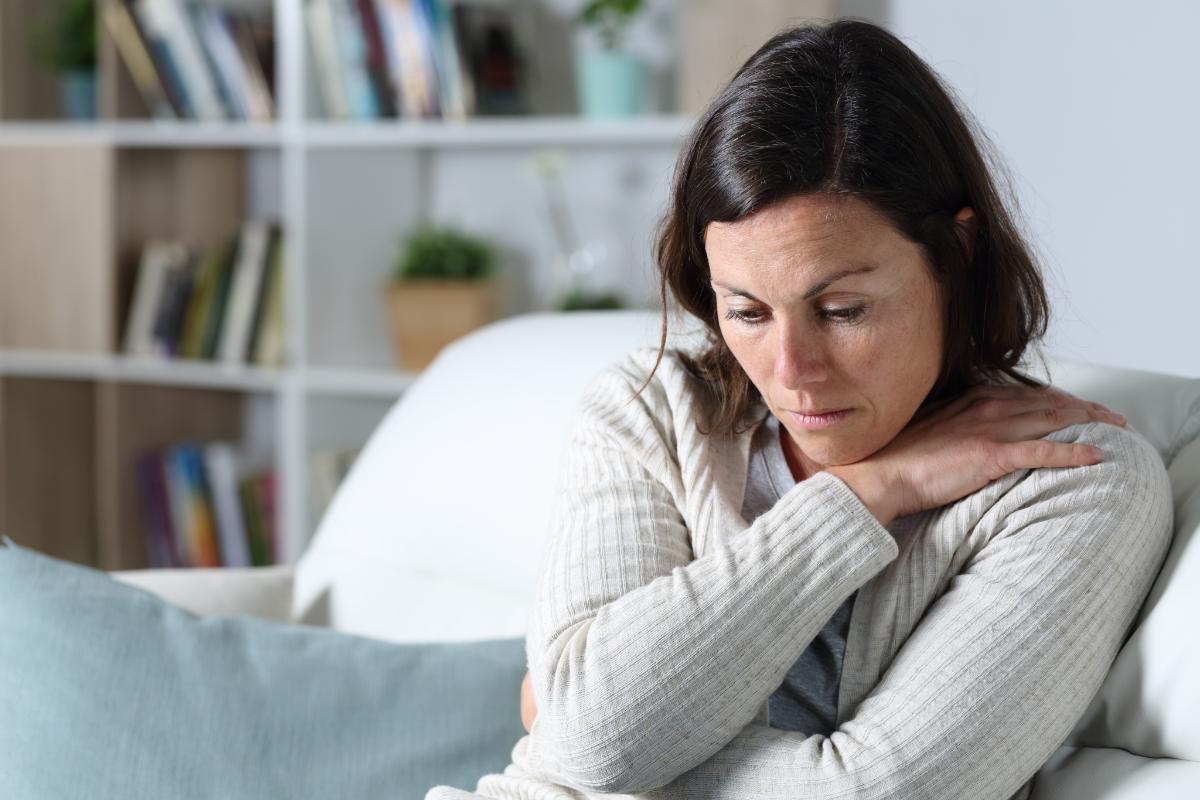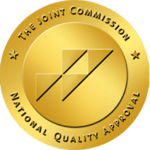For legal opiates, doctors often prescribe them for clients experiencing pain and needing relief. If people experience prolonged phases of pain from a surgery, accident, or other illness, they may need them in order to function in their daily lives. However, if taken for an extended period of time, the addictive elements in opiates can result in an addiction. This has become a problem in recent years, with opiate abuse reaching an all-time high. When painkillers are abused, fatality rates and addiction rates soar and cause widespread problems, affecting families and entire communities.
However, primary opiate addiction treatment program options, detox, support, and new treatments are more available than ever before. In fact, there are many ways to fight back against opiate addiction.
The Rise in Opiate Addiction
Due to the legal nature of many opiates, the rise in opiate addiction is severely problematic. A person’s addiction development may have been accidental because medical doctors prescribe painkillers. They do serve as an effective healing method (when not abused) for physical pain. “Opioid consumption levels for pain treatment have risen in European countries, Canada, and the United States (US), especially for cancer pain.”
Physicians’ main concern will always be the well-being of the client. So it is not a surprise that they prescribe opiates as an effective way to treat pain. However, this has resulted in the excessive (and sometimes unnecessary) prescription of legal opiates. And addiction can form as quickly as a couple of weeks if the individual ignores directions and increases their dosage.
The Opiate Addiction Epidemic
In the past few years, the fatality rate from opiate addiction was just under 30,000 deaths. “Deaths from opioid overdoses — involving both prescription narcotics and illicit street drugs, such as heroin — reached a record 28,647 in 2014, according to the Centers for Disease Control and Prevention. Overdoses from all forms of drugs now kill more Americans than car accidents or firearms.” That number is expected to increase unless drastic changes take place. Opiate addiction has been referred to as “the worst drug crisis in American history.” It is also responsible for the highest number of overdose deaths (both intentional and accidental).
Opiate addiction is an epidemic. The ripple effects of opiate addiction affect everyone. Studies show that the growing distribution and abuse of opiates will cost citizens billions each year. Physical healthcare, rehabilitation, mental health recovery, damaged relationships and families, job loss, and even crimes connected to addiction can impact the society at large.
Newer Opiate Addiction Treatments
The opiate addiction crisis has gained widespread attention, with many commenting on the dangers of this crisis. In response to this new attention, medication-assisted therapy is increasingly becoming a more common option for opiate addiction.
Recent research has introduced an implant, called Probuphine. According to studies reported in The Washington Post, “the implant, which has four matchstick-size rods that are inserted under the skin of the upper arm, administers the anti-addiction drug buprenorphine in a continuous dose for six months.” Opioid addiction has reached fatally high levels that researchers are constantly looking for new ways to cure this growing addiction, and save lives.
Additionally, other medication-assisted therapies like Vivitrol may help opiate addiction. Vivitrol can assist recovering abusers in their sobriety during the start of their recovery. Used to tackle both alcohol and opiate addiction, it is viewed as one of the most practical methods because of its monthly injection.
Vivitrol works by limiting opioid cravings and preventing potential relapse. There is no daily medication, which allows more time to work on other elements of recovery like therapeutic sessions, twelve-step meetings, and working on repairing physical health.
While fighting addiction is difficult, it is important to consider all other options. Vivitrol and other medications are some of the many ways health officials are looking to tackle opiate addiction. However, medication-assisted therapies can only begin with the approval and consultation of a physician and other medical addiction experts. And while medication may help in the early stages of recovery, the real work waits in an individual’s entire recovery program and beyond.
Opiate Addiction Recovery
People who acquired painkillers through legal means may feel incredibly isolated in their addiction. They may have been hiding this secret from family members and loved ones and may try to quit on their own. Without medical supervision, people will experience high relapse rates, in addition to putting themselves in danger. This is incredibly dangerous and harmful because of the threat of painful withdrawal symptoms or overdose.
As a result, addiction needs medical supervision, treatment, and sober living. Opiate addiction is serious. Therefore, those who complete treatment need the supervision of recovery experts like physicians, mental health professionals, sober living staff, sponsors, and peer support.
There are a wide number of primary treatment centers available today. Opiates are narcotic drugs that result in life-threatening and even fatal consequences. Primary treatment centers are necessary to help break the bonds of addiction disease.
Treatment centers provide detox, which is incredibly important. Opiate withdrawal symptoms may result in physical pain, moodiness, and anxiety. When the body feels the absence of the normal rush of endorphins (previously provided by opiate substances), people may also experience severe depression and even suicidal ideation.
While inpatient treatment is crucial in ridding opiate addiction from the system, sober living is also necessary to permanently stay off opiates. Traditional recovery methods in sober living include:
- Rigorous therapeutic work (both independently and in groups),
- 12-step participation
- Frequent drug testing
- Participation in house life
Adherence to house rules ensures that the environment is drug-free and free from outside influences. Strict rules ensure that the recovering individual can focus on their treatment in order to leave their addiction in the past. So don’t wait. Regain control of your life and start treatment today. Recovery is possible.

Dr. Deena is the Chief Clinical Officer of Westwind Recovery®, an award-winning outpatient treatment center in Los Angeles where she oversees the clinical and administrative program and treatment methods. Dr. Deena is a doctor of psychology and licensed clinical social worker since 1993. LCSW #20628. Originally from the East Coast, Dr. Deena has worked running treatment centers, worked as a therapist in psychiatric hospitals as well as school settings and currently has a thriving private practice in the LA area. Dr. Deena has appeared regularly on the Dr. Phil Show as an expert since 2003. She has also been featured on many other TV shows, podcasts and has contributed to written publications as well as podcasts.



